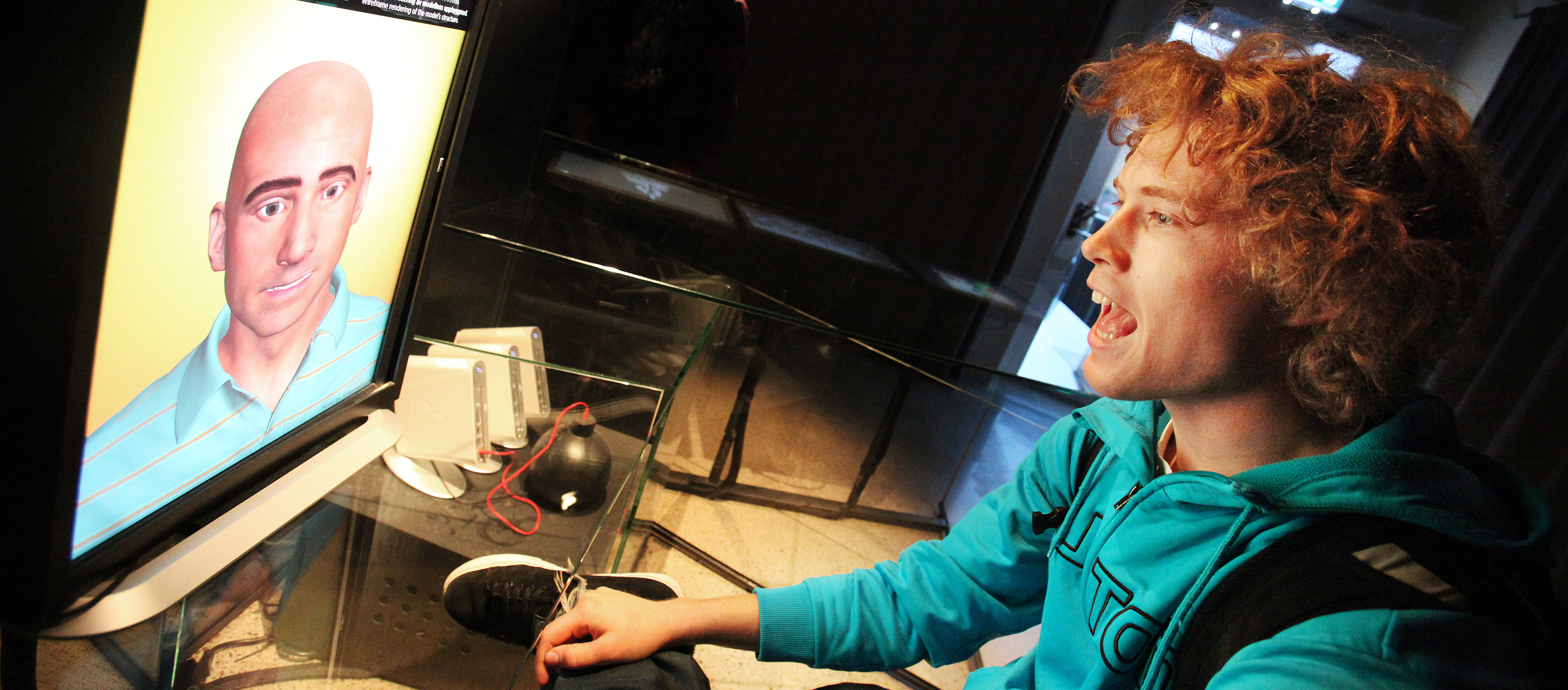The different tools also have different requirements. The researchers are studying everything from simple touch screens and 2D mouses, to advanced immersive environments where the viewer is completely enclosed and feels like they have been transported to a different place – for example a spherical projection surface or VR environment.
How human beings interact with images and fabricated environments, through their hearing, touch and vision, is also being studied, as are advanced methods for the photorealistic rendering of image data.
Many of the results of this research are on display to the general public at
Visualisation Centre C in Norrköping.
